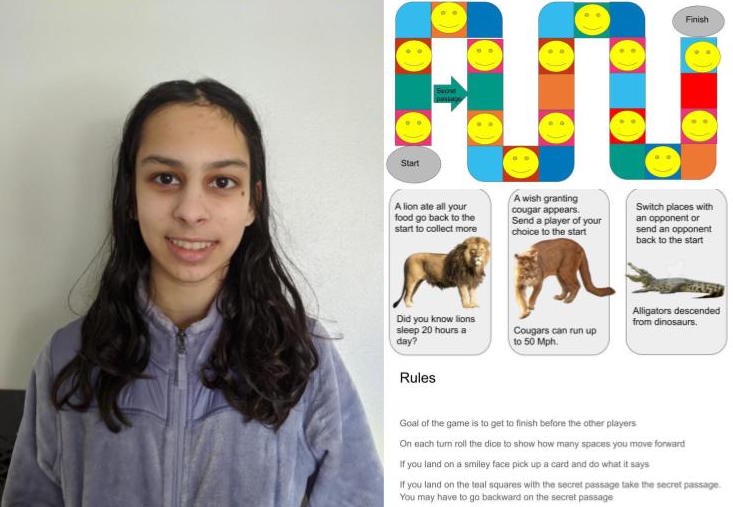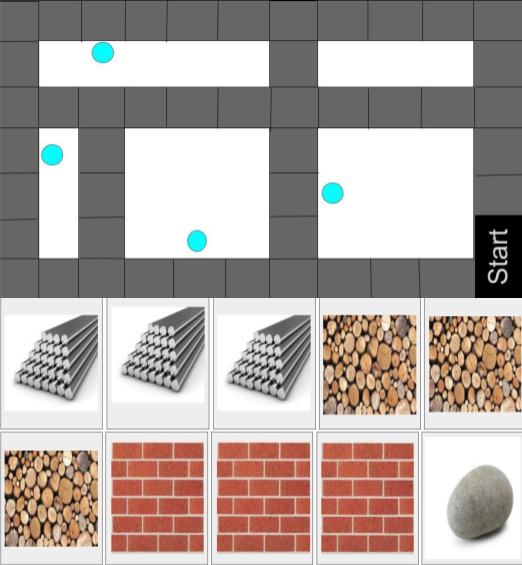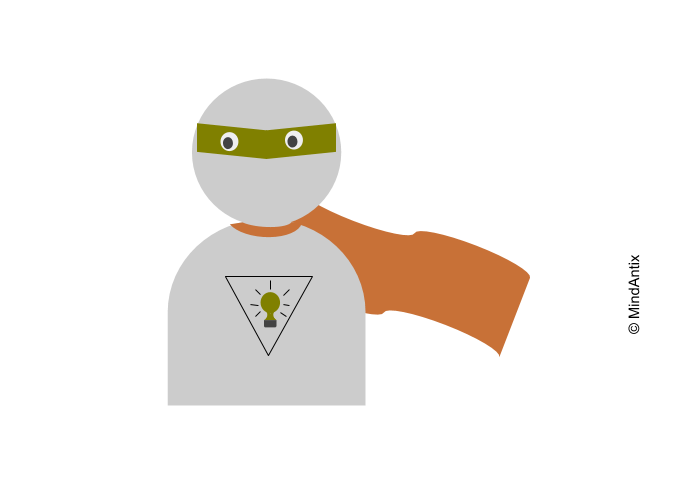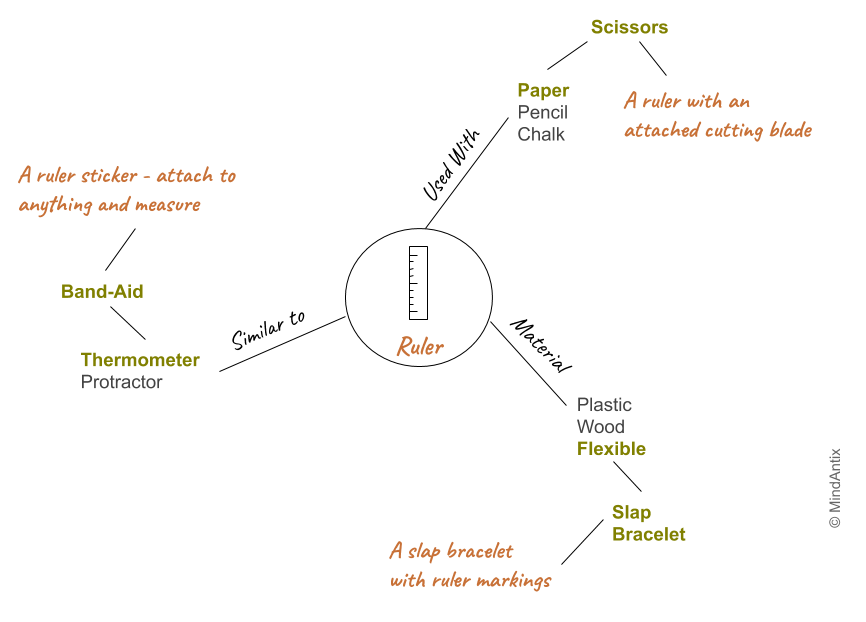Our featured student inventor this time is Tara Redmond. Tara designed a fun board game along with her sister, at one of our camps held in collaboration with the Archimedes School. Their idea won a national level award as part of the “Student Ideas for a Better America” competition organized by the National Museum of Education.
Here is Tara talking about her idea in more detail.
Can you tell us a little bit about yourself?
I’m Tara Redmond. I am in 8th grade. My favorite subjects in school are math and science. I like coding and working with computers. When I grow up I think I would like to be a computer scientist.
What is your invention and how does it work?
Our invention is a board game. You have to get the pieces from the start to finish. There are cards that have directions on it along with interesting facts about endangered animals.
What inspired you to develop this invention?
We were inspired by interesting animals that most people have never heard of. We incorporated those animals into our board game.
Did your prototype work? How was that experience?
When we first made it, it worked pretty well. Then we made more cards to make the game more interesting.
What are some things you learned from your MindAntix camp that will help you in the future?
I learnt how to brainstorm ideas and I also learnt how to use a 3d printer, which was really fun.
Who is your favorite inventor and why?
My favorite inventor is Grace Hopper. She invented the world’s first compiler for computer language.
What kind of problems do you want to solve in the future?
One of the reasons why I want to become a computer scientist is because you have to think and solve problems by using your brain. That is something I hope to do in the future.
How will you use your prize money?
I got $50 in prize money and I am saving it to use when I am older.
Congratulations Tara for winning the award! We wish you the best in your future creative endeavors.





